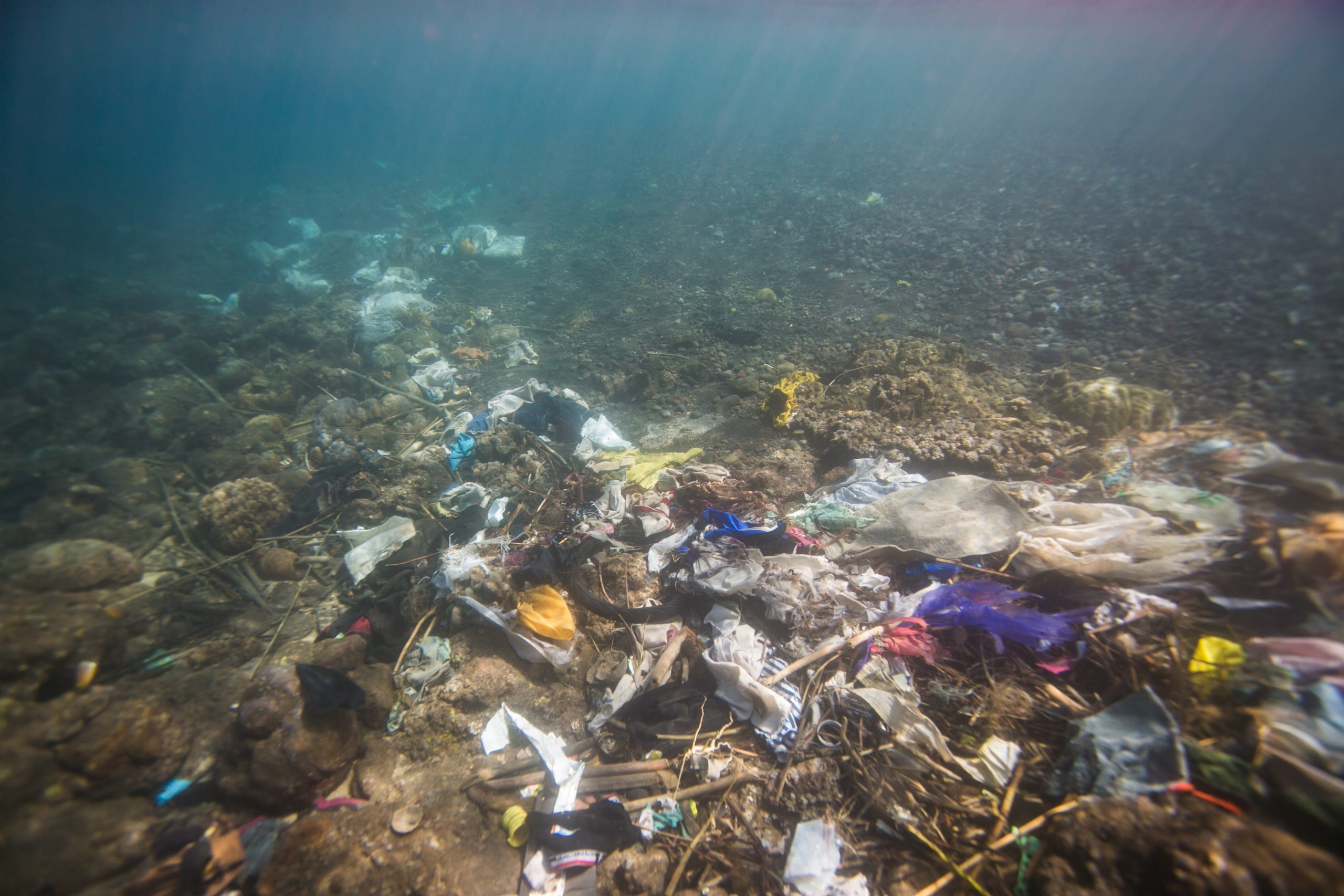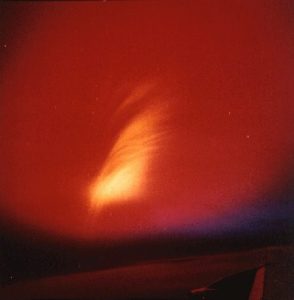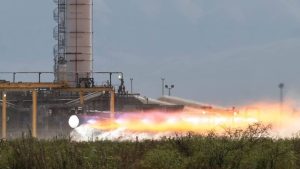ESA Works on a Study to Track Plastic Pollution in Marine Areas Using Satellites
16th Nov 2021
The European Space Agency (ESA) initiated a new study to track plastic pollution in the ocean using satellites. For this, scientists used a real-life model of the Atlantic Ocean to dump plastic litter and study its spread in marine areas. The goal of the study is to answer several important questions and test the technologies that could eventually help monitor pollution levels using satellites.
Why Is It Important to Track Plastic Pollution in the Ocean?
According to scientists’ estimates, around 10 million tons of plastic enter the ocean each year, which roughly translates into dumping a full truck of plastic into the sea every minute. Still, the main challenge is that scientists have little idea how this plastic spreads in the ocean once dumped.
ESA scientists used a real-life replica of the Atlantic Ocean with wave generators that mimic underwater currents to understand how free-floating plastic behaves in marine areas. The test is still in progress in the Deltares research facility in the Netherlands and should be completed by January 2022.
How Satellites Can Help Track Plastic Pollution?
Eventually, using satellites to monitor the plastic from space could help solve this problem. However, ESA will need to answer some pressing questions before that happens. First of all, it is important to understand if satellites can even track free-floating plastic and, if so, which technologies would be most effective.
So far, the results of the experiment are promising – according to the ESA antenna engineer, Peter de Maagt. The litter dumped in the ocean replica included bags, bottles, as well as non-plastic items, such as cigarette butts, to mimic trash distribution in the marine areas. Right now, scientists have already tested radar remote sensing and optical instrumentation to understand the forming of waveforms. Soon enough, the data could be used to track plastic pollution levels using satellites.






Thank you for your comment! It will be visible on the site after moderation.